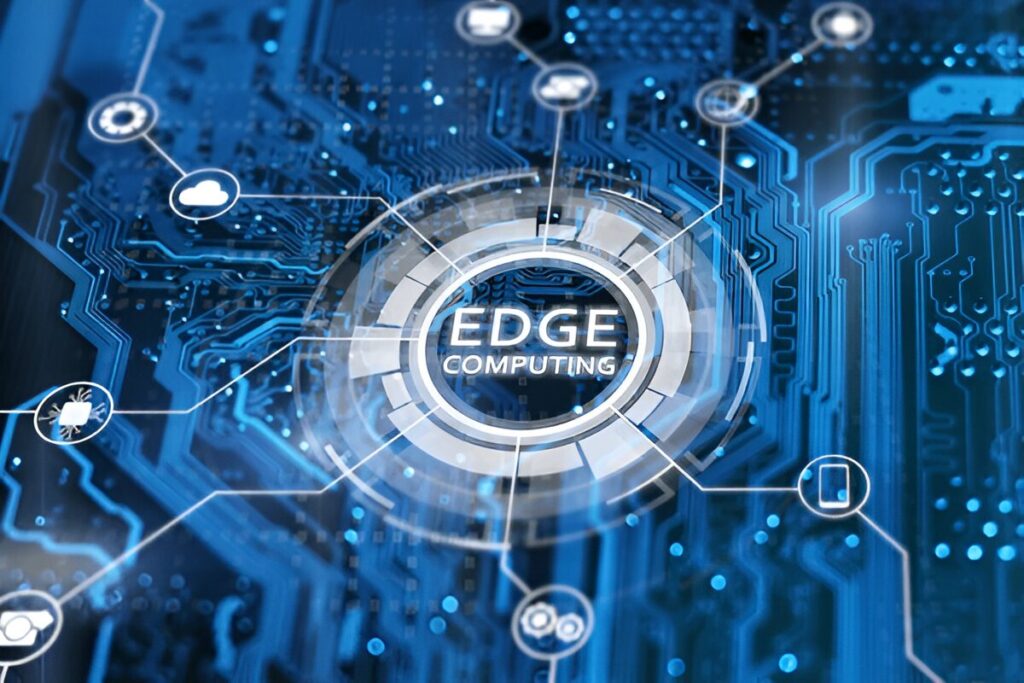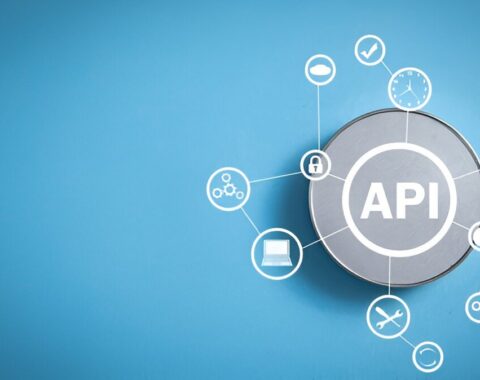
In today’s hyperconnected world, milliseconds matter. Whether it’s a self-driving vehicle processing sensor data or a mobile banking app detecting fraud in real time, latency can make or break user experience. This is where edge computing patterns for low-latency IoT and mobile experiences come into play — enabling faster responses, better reliability, and localized intelligence without relying solely on the cloud.
At Pexaworks, we help enterprises build scalable, AI-first architectures that leverage the edge for smarter, faster, and more secure systems. This guide breaks down how modern organizations can implement edge computing effectively to support digital transformation and deliver next-gen customer experiences.
Why Edge Computing Matters for IoT and Mobile Systems
Traditional cloud computing has powered much of the enterprise innovation of the last decade. However, when devices, sensors, or mobile apps depend on instant decision-making, sending every request to a distant data center introduces latency, bandwidth costs, and potential reliability issues.
Edge computing changes this paradigm by moving computation closer to where data is generated — at the device or network edge. This allows IoT systems, autonomous devices, and mobile applications to operate with minimal delay while maintaining high performance and uptime.
For enterprises investing in custom software development or cloud-based enterprise applications, adopting edge strategies can yield benefits like:
- Real-time analytics and faster decision-making.
- Reduced dependence on centralized cloud infrastructure.
- Improved data privacy and localized compliance.
- Lower operational costs and optimized bandwidth usage.
Core Edge Computing Patterns for Enterprise Deployment
Implementing edge computing effectively requires understanding the right architectural patterns for each business scenario. Below are some of the most practical patterns used in enterprise-grade deployments.
1. Edge Aggregation Pattern
This pattern collects and processes data from multiple IoT devices at an intermediate edge node before sending summarized results to the cloud. It’s ideal for large-scale sensor networks — such as smart buildings or logistics hubs — where full data transfer isn’t practical.
2. Cloud-Offload Pattern
Instead of routing every operation through the cloud, the cloud-offload model performs compute-heavy or latency-sensitive tasks at the edge. AI inference, video analytics, and real-time diagnostics are common examples, ensuring immediate feedback and reduced lag.
3. Peer-to-Peer Edge Collaboration
In this distributed model, multiple edge nodes communicate directly to share insights or resources without central coordination. It’s used in connected vehicles, manufacturing, and energy grids where devices must operate autonomously even during network disruptions.
4. Edge AI and Federated Learning
AI at the edge enables real-time insights while maintaining data privacy. Using federated learning, models can be trained across multiple edge devices without moving sensitive data to the cloud — a key strategy for regulated industries like healthcare and finance.
5. Digital Twin Pattern
Digital twins create a synchronized virtual replica of a physical asset. Running predictive models at the edge allows enterprises to simulate performance, detect anomalies, and preemptively address maintenance issues.
Designing for Low-Latency IoT and Mobile Experiences
To successfully leverage edge computing for IoT or mobile applications, design decisions must focus on performance, resilience, and integration with existing systems. Here’s a checklist to guide your implementation strategy:
- Define latency thresholds: Identify critical user interactions or device functions that cannot tolerate cloud delays (e.g., AR/VR rendering, vehicle telemetry, or biometric verification).
- Adopt a hybrid architecture: Combine local edge processing with centralized cloud analytics for scalability and redundancy.
- Integrate AI-first models: Deploy trained ML models at the edge for real-time inference — a key differentiator in AI-first ERP or predictive maintenance systems.
- Secure data in motion: Implement encryption, identity management, and zero-trust networking to protect edge communications.
- Automate orchestration: Use DevOps pipelines and container orchestration to manage updates and model rollouts efficiently across thousands of distributed nodes.
Following these principles helps enterprises deploy scalable software solutions that deliver high performance while maintaining operational control and data governance.
Edge Computing in Action: A Real-World Example
One global logistics provider partnered with Pexaworks to modernize its fleet tracking and warehouse monitoring systems. The existing cloud-only setup caused delays in data transmission from IoT sensors to control centers, impacting real-time visibility.
The solution involved implementing a distributed edge architecture with local gateways for on-site processing. AI models trained in the cloud were deployed at edge nodes for real-time anomaly detection and predictive analytics. The result: faster response times, reduced bandwidth usage, and greater operational resilience across multiple sites.
This approach exemplifies how Pexaworks integrates AI engineering and custom software development to bring intelligence closer to the source, enabling enterprises to achieve tangible performance gains through edge-first strategies.
Key Benefits of Edge-Enabled Digital Transformation
Edge computing isn’t just an infrastructure upgrade — it’s a strategic enabler of modern digital ecosystems. Enterprises pursuing digital transformation across IoT and mobile platforms can expect:
- Faster response times: Critical decisions happen in milliseconds, not seconds.
- Increased reliability: Systems continue functioning even when disconnected from the cloud.
- Regulatory alignment: Data processing within geographic borders supports compliance with privacy laws like UAE’s PDPL and GCC data regulations.
- Improved UX: Mobile users benefit from smoother, latency-free interactions that boost engagement and retention.
Integrating Edge Computing with Enterprise Systems
Implementing edge architectures doesn’t mean abandoning existing systems. Instead, it involves integrating edge logic with cloud and enterprise platforms such as ERP, CRM, and IoT management layers. Successful implementation requires:
- Secure APIs for data synchronization between edge and cloud layers.
- Unified monitoring dashboards for end-to-end visibility.
- Model lifecycle management across distributed AI nodes.
- Robust interoperability between cloud-based enterprise applications and edge devices.
At Pexaworks, our teams design these integrations through modular microservices and containerized deployments — enabling fast iteration and adaptability as business needs evolve.
The Road Ahead for Edge Intelligence in the GCC
As 5G networks, IoT adoption, and smart city initiatives expand across the GCC, edge computing will become a foundational layer for digital infrastructure. From autonomous transport systems to smart energy grids, low-latency architectures will define the next decade of enterprise innovation.
Forward-looking organizations are already embedding edge capabilities within their custom software solutions to future-proof operations and gain a competitive advantage. The convergence of AI, edge, and cloud will unlock unprecedented speed, intelligence, and efficiency across industries.
Start Your Edge Journey with Pexaworks
Edge computing is more than a technical upgrade — it’s a strategic transformation. Whether you’re modernizing IoT systems, scaling mobile platforms, or deploying AI at the edge, Pexaworks helps you architect end-to-end, low-latency systems built for resilience and growth.
Learn why leading enterprises trust Pexaworks for their digital modernization and AI integration needs. Let’s bring your data, intelligence, and users closer together — at the edge.
Start your edge-powered transformation today with Pexaworks.


